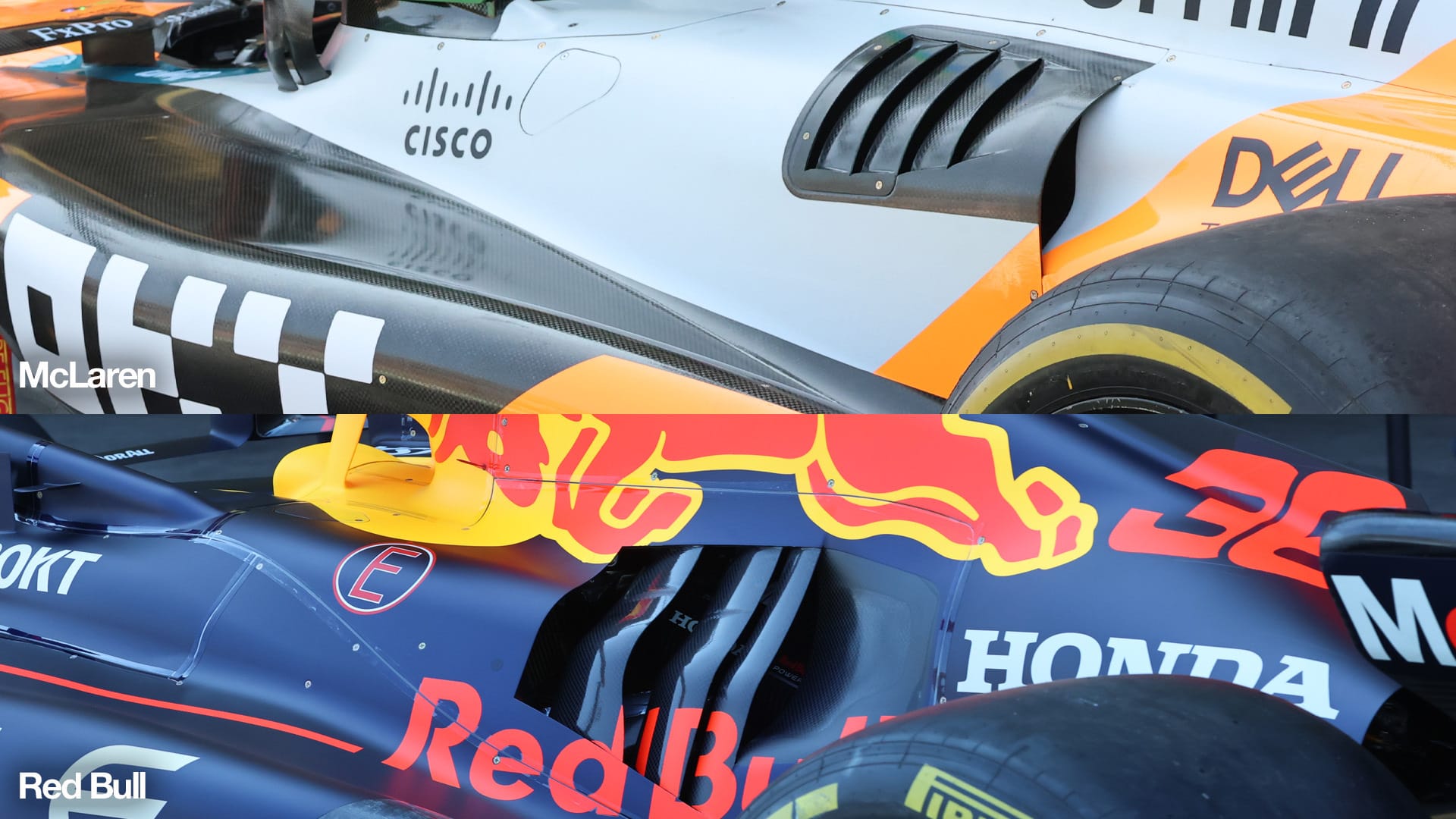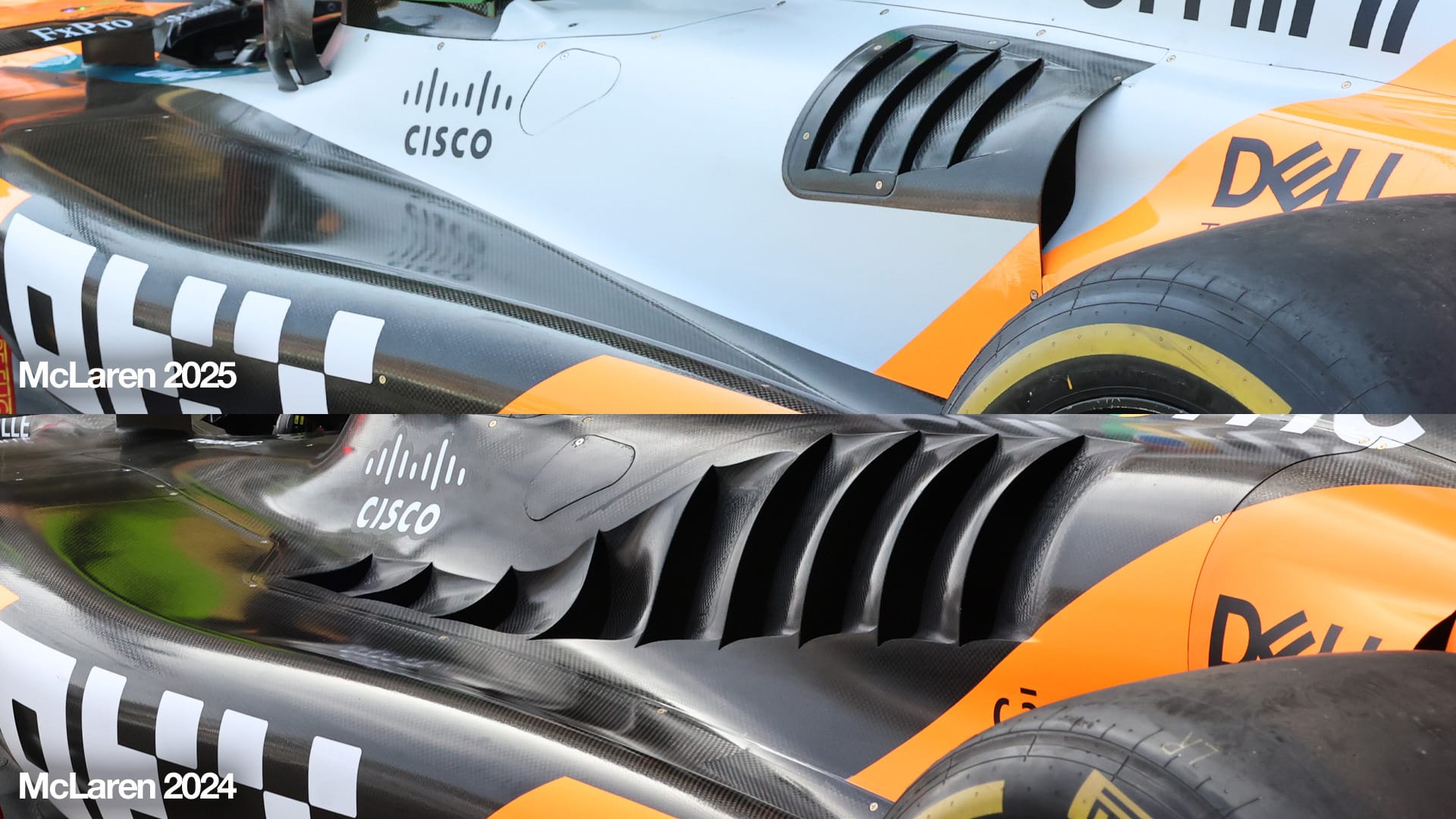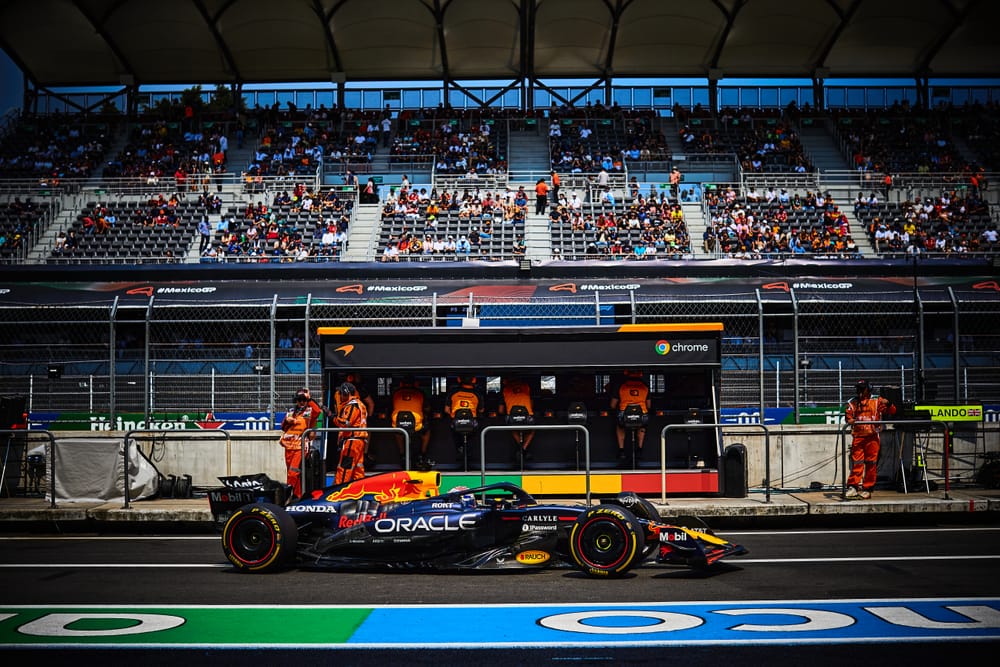McLaren boss Andrea Stella has warned against judging Red Bull’s Formula 1 car on its pure performance in Mexican Grand Prix qualifying because of a potential aerodynamic compromise.
After winning three of the last four races from pole position, Max Verstappen was only a distant fifth in qualifying at the Autodromo Hermanos Rodriguez - half a second behind McLaren’s Lando Norris.
The crushing pole was Norris’s first since July’s Belgian Grand Prix and the first time McLaren has topped a qualifying session since Oscar Piastri at the Dutch Grand Prix at the end of August.
McLaren’s return to form ended a run of Saturday underachievements but the extent of its advantage, and that of Red Bull’s deficit, was at odds with the two teams’ recent trajectories.
Verstappen lamented a car that had “no grip, doesn’t turn, there's no traction, it slides” – which was more in line with his struggles at the Hungarian Grand Prix before the summer break than any of his form since.
Stella felt it was “difficult to say” if this was a surprising result, though, as he believes the cooling demands of a hot race at altitude - with lower air density - may have disguised how quick Red Bull’s car could have been.
“It's a circuit in which the quality of your cooling system is important, because if you need to compromise aerodynamics to achieve enough cooling, then the loss of aerodynamic efficiency can be quite rapid,” said Stella.
“So Mexico is not a place to judge, let's say, a car, because there could be a cooling implication that can determine performance significantly.
“Certainly from this point of view, we see the returns of the investment we have done on the 2025 car, on the cooling system itself, the engineering and the technology.
“Let's see what Red Bull do [in the race]. I'm sure that even if Red Bull will not be the fastest car, they will be very fast for the remainder of the season.
“So they are in the quest, and we need to focus on ourselves and make sure that we are faster than them.”
While this was not pointed out by Verstappen, or Red Bull, as a direct contributing factor to its disappointing qualifying result, it is not something that would necessarily be admitted.
And Verstappen had actually alluded to it after Friday practice, as he said “as soon as you go on to a sustainable run the car goes hot and we end up nowhere, which is tough”.
The implication is therefore that Red Bull is now having to run more cooling and that is coming at an aero cost – which is visible from how much more open the engine cover bodywork has to be.

This would not necessarily be enough to transform Red Bull's qualifying, but presumably is enough to have an impact. And this is not something that McLaren has had to worry about so far.
While its tyre management has been an obvious and much talked about strength at hot races in 2025 a less appreciated innovation has been the progress it has made with its cooling solutions.
This is very visible in Mexico, where McLaren is not only running its bodywork more closed off than its main rivals but is able to be much more aggressive than a year ago.

“I'm positive about the fact that we come to Mexico and we don't have to change the fundamental way in which we cool the car,” Stella said.
“We are actually using parts that were already available.
“One of the reasons why we perform well when it's hot is actually the cooling technology that we use. And it's part of what I said when we innovated from ‘24 to ‘25 – a lot of the innovation actually went in the cooling system.
“Some of the approaches I see on some other cars are more traditional, they have to have a Mexico-specific [cooling solution].
“But if anything gives me an opportunity for a shout out to the engineering team at McLaren that created such an efficient technology that actually works even in this not only thinner, but pretty hot, air that we have in Mexico.”
A logical conclusion is that – as was the case at certain races earlier in the season, like Miami – a compromised Red Bull is going up against an uncompromised McLaren at a track that seems to be suiting the MCL39 better anyway.
That explains a margin that is unusual based on recent form but was not uncommon at times in the first half of the season.
And it should confer an advantage in the race, too, for Norris starting from pole and championship leader Piastri trying to recover from seventh on the grid – although Stella expects tyre management to be a more critical factor here.
“The most important thing is that the first lap is a clean lap, because with the performance that Lando has shown in practice, in long runs, you just want to stay in the race,” said Stella.
“And even if he's not first, at the end of the first lap, there will be opportunities to regain the lead.
“On Oscar's side it will depend on how much we can improve the performance. Having seen the long runs of Lando, we can see that we can have a faster car in terms of race pace.
“We can have one of those conditions in which, hopefully, at a certain stage in the stint, the McLaren strengths may start to come out and therefore have possibly a little bit less degradation than other competitors.
“So it's important to stay in the race and then capitalise on the strengths that we know we have, from a car and from a tyre exploitation point of view.”



